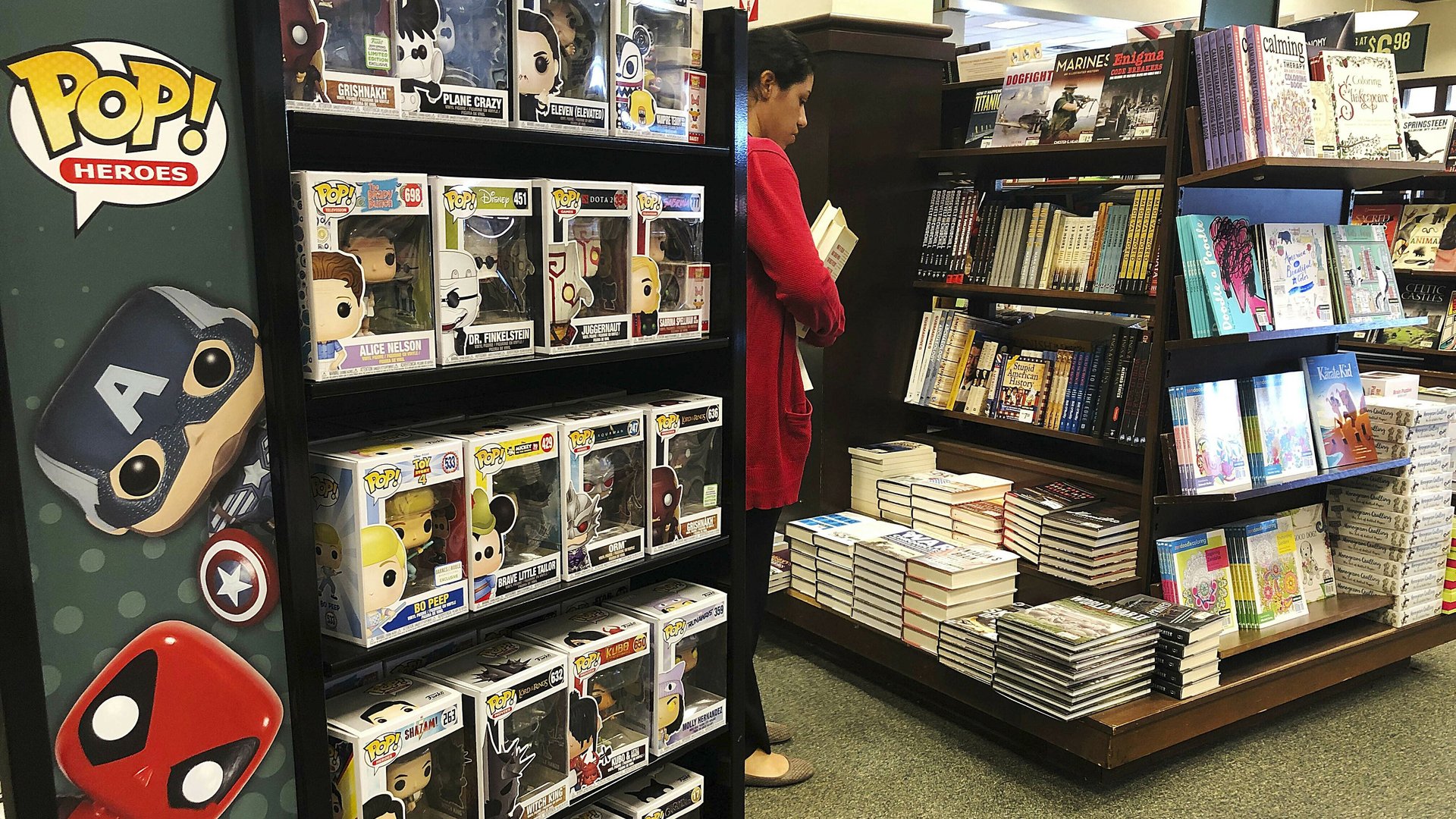Barnes & Noble’s sale starts a new chapter for a troubled chain
The story of bookseller Barnes & Noble became increasingly dark over the past decade, as branches closed, employees were fired, and various strategies to save the chain in the post-Amazon landscape failed.


The story of bookseller Barnes & Noble became increasingly dark over the past decade, as branches closed, employees were fired, and various strategies to save the chain in the post-Amazon landscape failed.
Today there was yet another twist in the plot: a sale to the hedge fund Elliott Management Corp. for about $683 million in cash.
The sale means that the largest surviving bookstore chain in the US will keep its remaining 627 stores open for now (and that the formerly public company will revert to private control). Elliott also purchased the UK bookstore chain Waterstones last year, and said it will continue to run Barnes & Noble as its own brand under the control of Waterstones CEO James Daunt.
If that’s true, then it’s heartening news for bookstore lovers. Daunt founded the beloved London bookstore chain Daunt Books in the 1990s and took over at Waterstones in 2011. Waterstones branches tend to be merchandised more like independent bookstores, with thoughtfully curated tables for browsing and well-stocked shelves that reliably contain the titles a reader came in for. Waterstones is decidedly a place for books, unlike high street competitor WH Smith, which feels more like a grim storage closet of Crunchie bars, mismatched stationery, and the haphazard selection of titles one might find on a grocery store rack.
For the last several years, Barnes & Noble likewise seems to have regarded its customers like out-of-town acquaintances who have suddenly arrived for a confounding and stressful visit: Do you like crossword puzzles? Legos? Discounted fad diet cookbooks? Why are you even here?
Two decades after Amazon’s massive disruption of the publishing industry began, what’s clear is that the most successful sellers of books—or of anything, really—have been able to identify what their customers want and then confidently, consistently deliver it, whether that’s specific titles shipped to their door or the inspiring, curiosity-sparking experience of wandering aisles of quality books one might want to read. Barnes & Noble’s new owner needs to figure out what its customers want before it invites them back in.